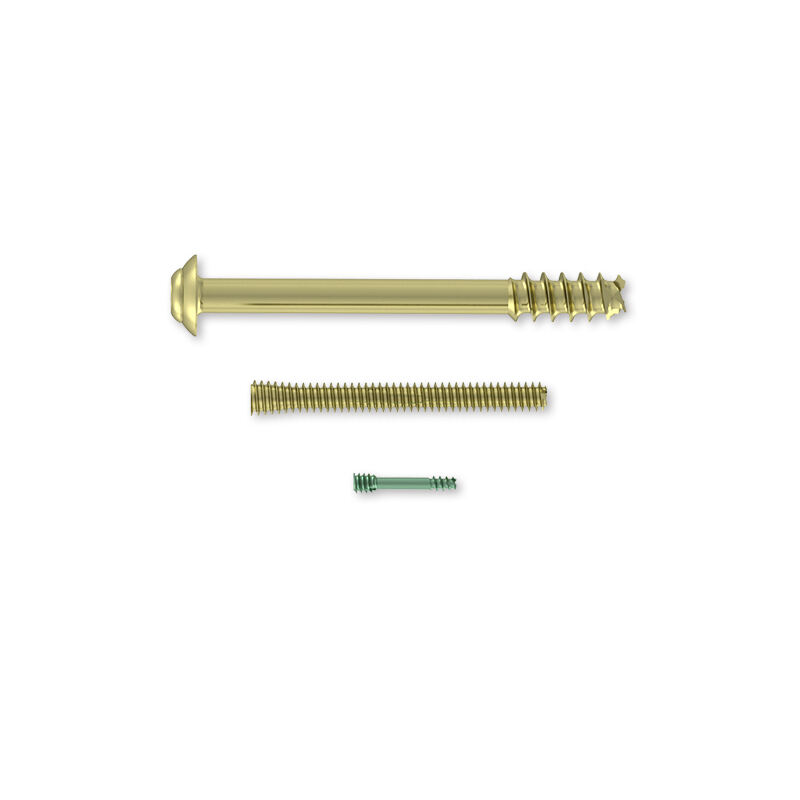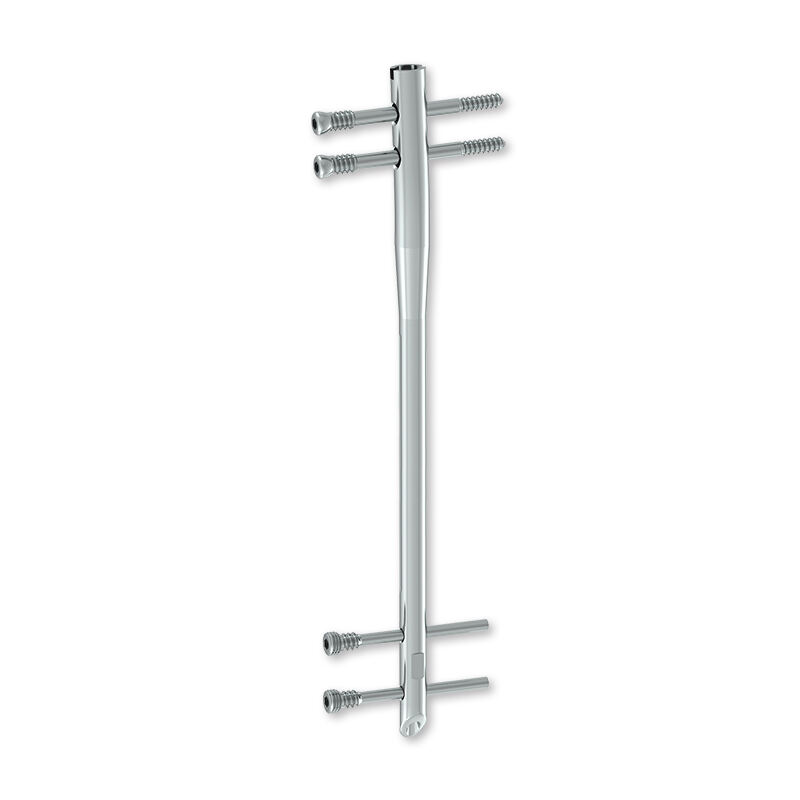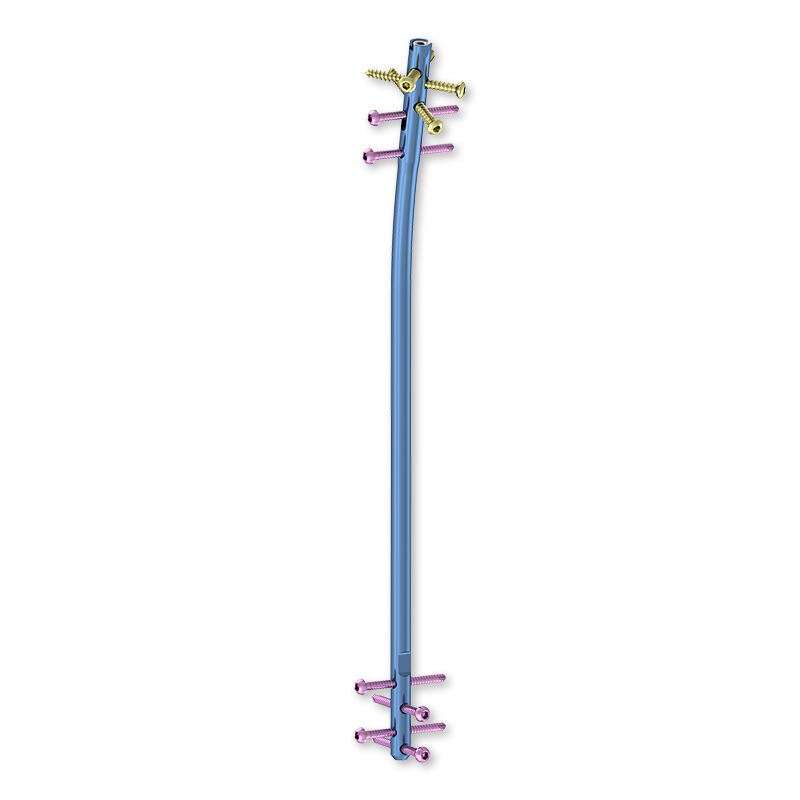genera viscerum pedicularum
Screws pediculorum sunt instrumenta medica quae praecipue in chirurgia spinali adhibentur, ad stabilitatem praebendam et fusionem inter vertebras promovendam. Haec sceva in pediculo vertebrarum inseruntur, et eorum praecipua munera includunt immobilizationem spinae, correctionem deformitatum, et sustentationem columnae vertebralis durante processu sanationis. Technologicae proprietates scevarum pediculorum variis materiis comprehendunt, ut titanium vel ferrum immutabile, et consilia quae a solido ad cannulatum variant, permittentes chirurgiam minimam invasivam. Exemplaria filorum differre possunt ad varias densitates ossium accommodandas. Hae sceva in tractandis condicionibus ut fracturis spinalibus, deformitatibus spinalibus, et quibusdam generibus canceris quae spina afficiunt, adhibentur. Eorum versatilitas eos instrumentum necessarium in armamentario chirurgi facit, praebens firmam fundamentum pro variis proceduris spinalibus.



